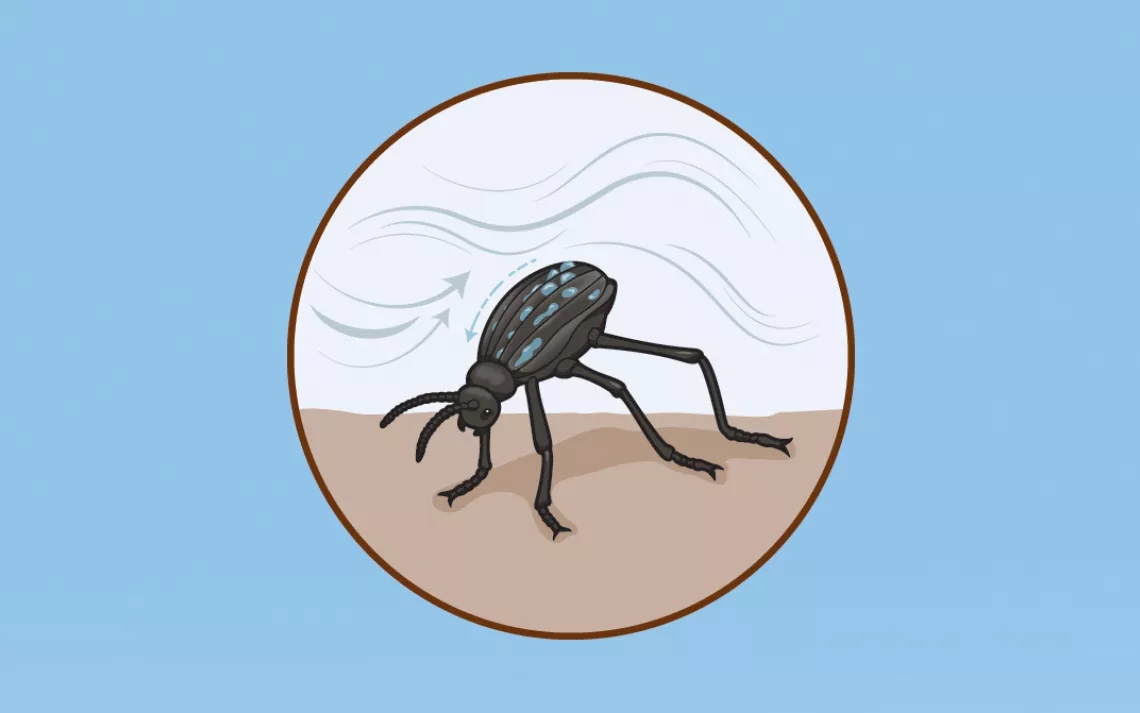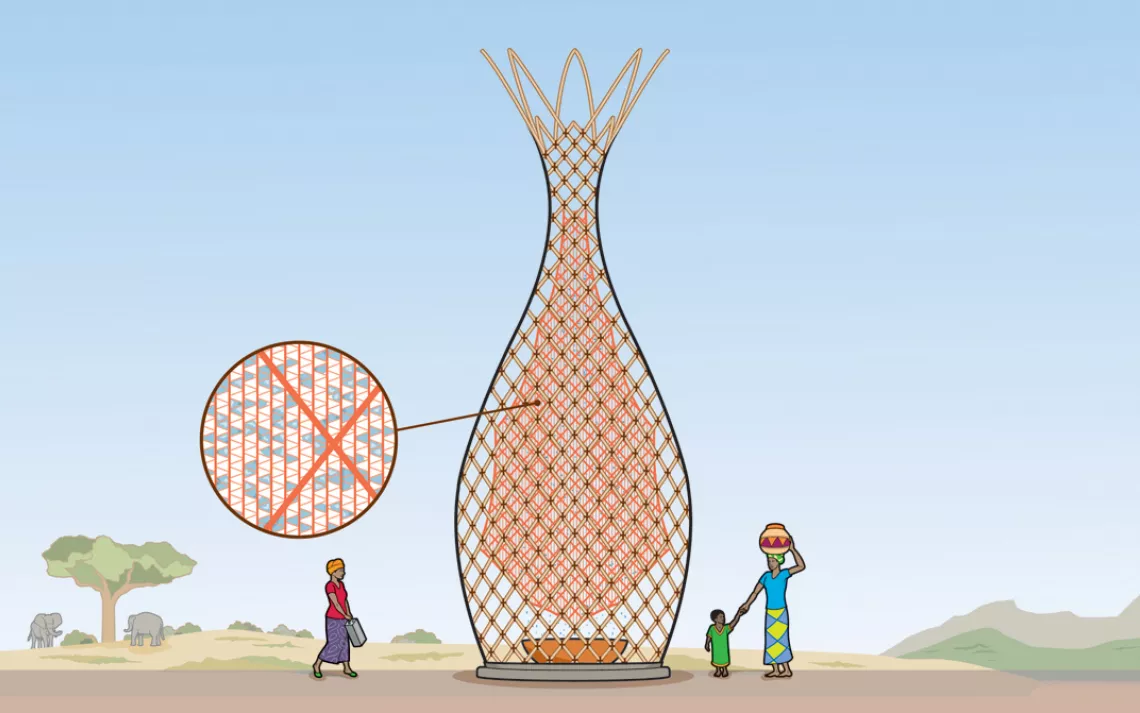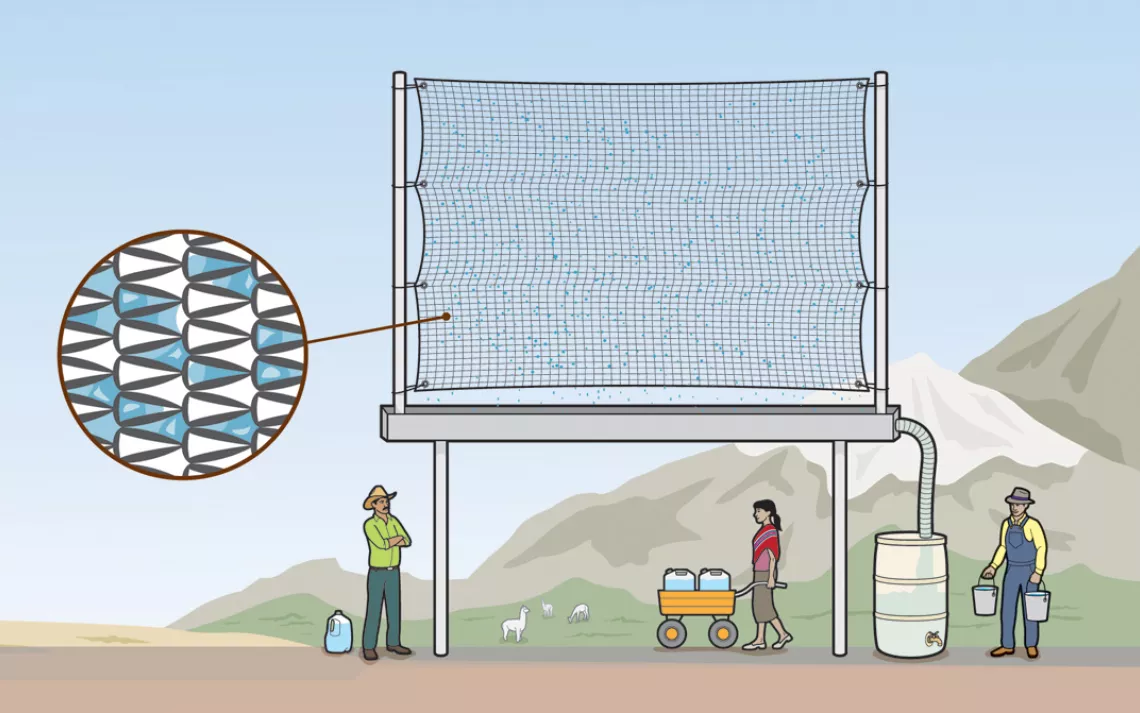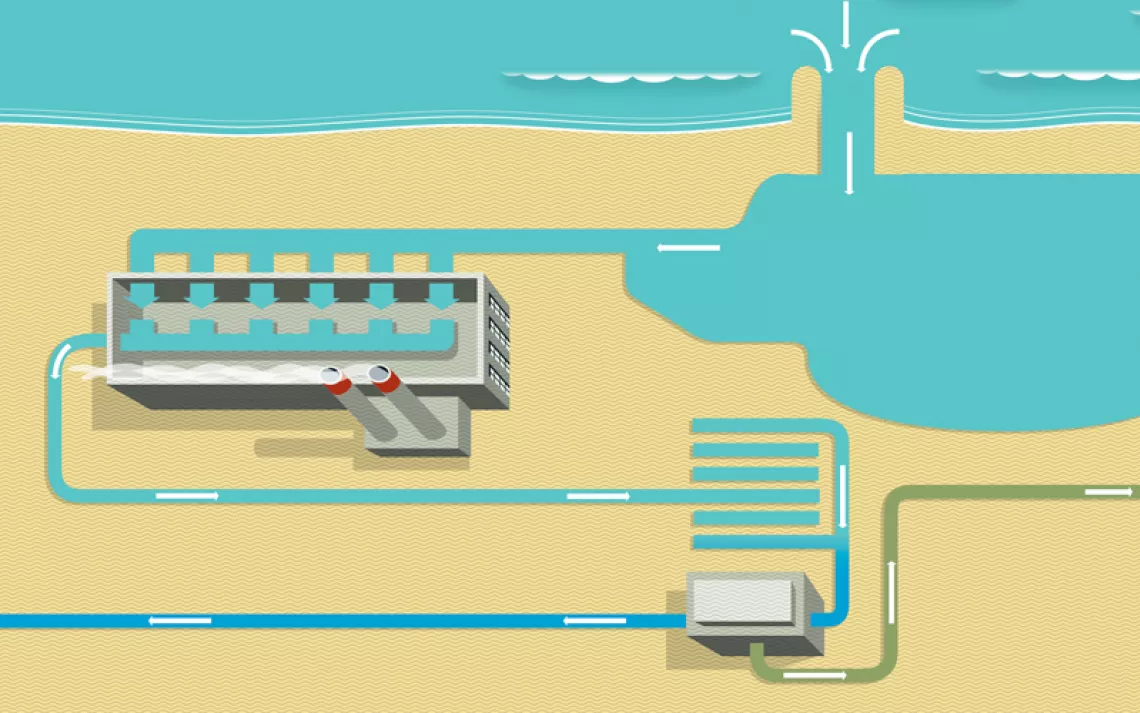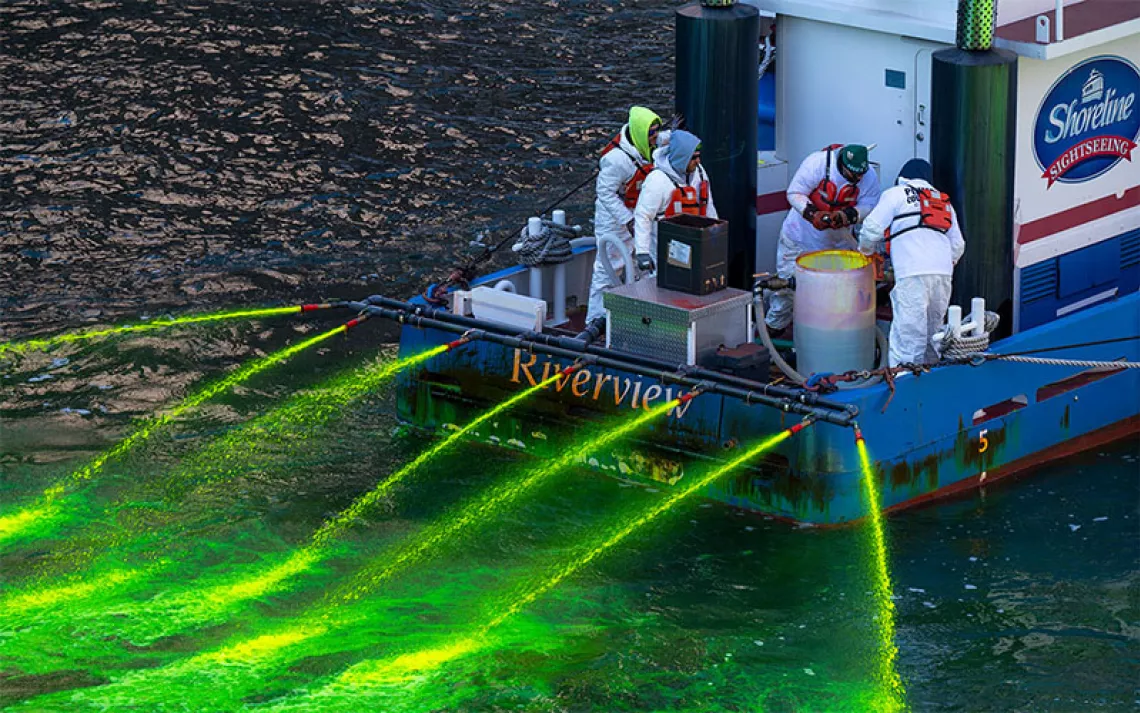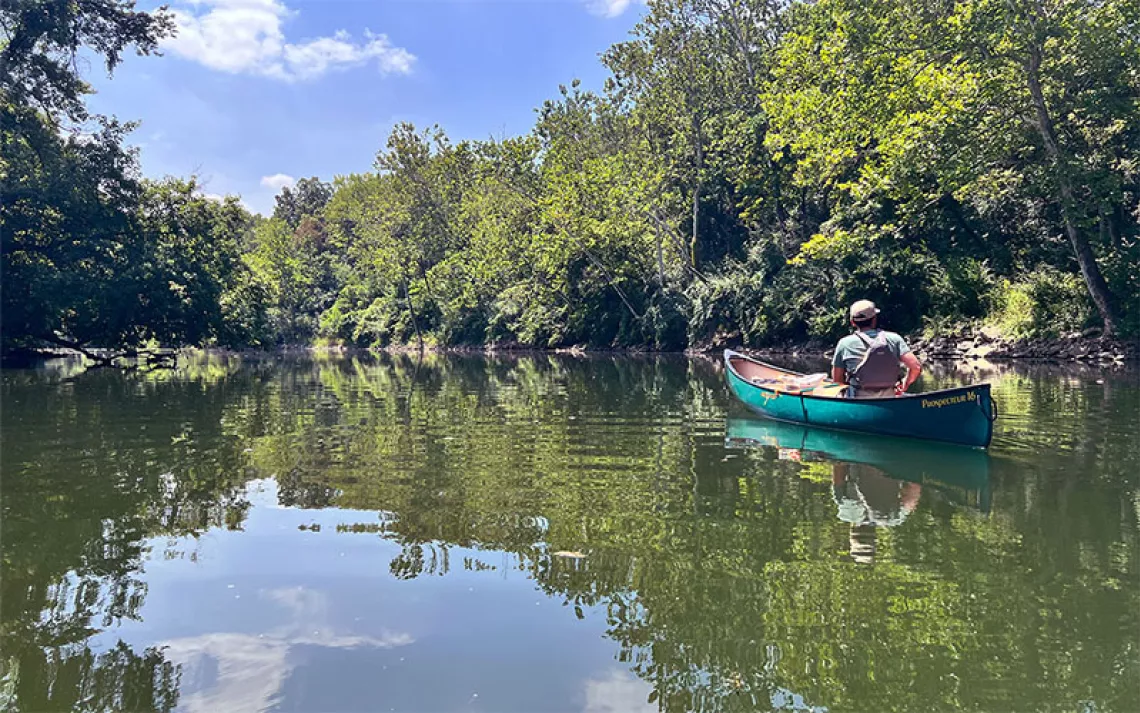Harvesting Water From Thin Air
A new generation of environmental designers are working to grab water out of thin air
In the era of climate change, the world's dry places are expected to get even drier. Lack of clean water could render some regions virtually uninhabitable. A new generation of environmental designers are working to avert such a disaster by grabbing water out of thin air. They aren't magicians--they're just adapting methods that desert creatures have used for millions of years
 The Magazine of The Sierra Club
The Magazine of The Sierra Club
